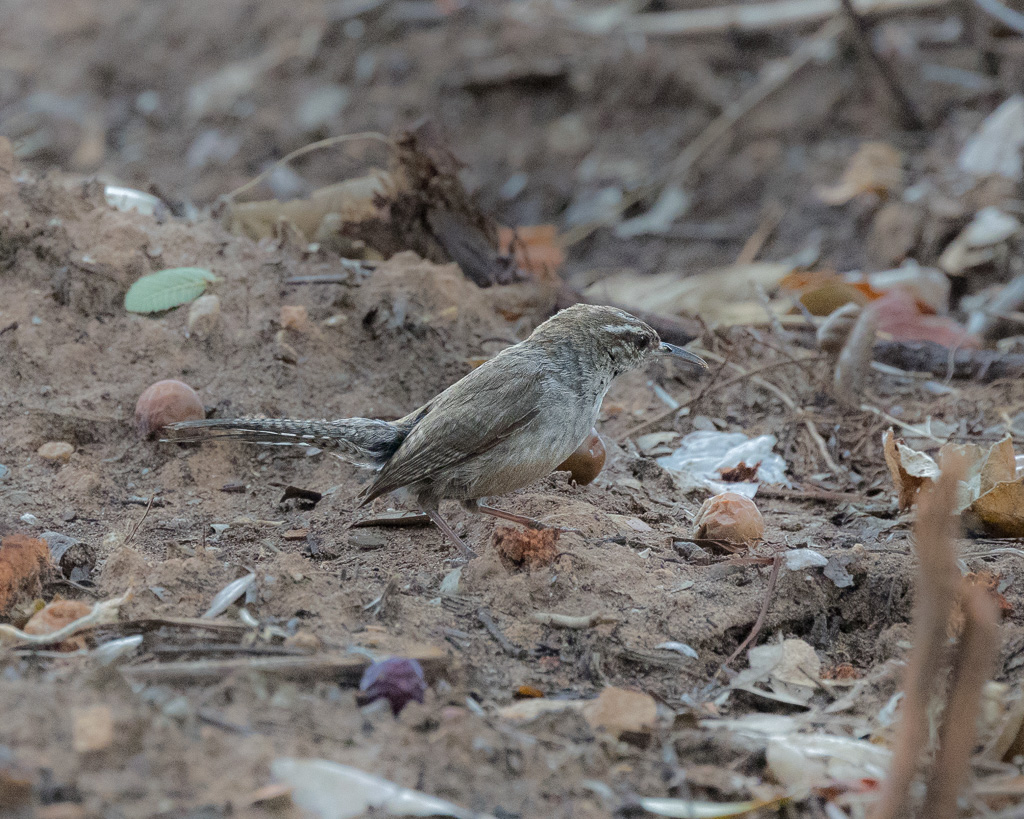Texas heat pretty much kills outdoor photography. Even if I go out exploring (which I tend not to do), the birds are gone after about 10 a.m. Thus I am not going out as often as a few weeks ago. I went out today and got a few pictures.
Friday, June 27, 2025
Tuesday, June 17, 2025
Bangladesh Ship Breaking
A change of pace today.
A recent YouTube video talking about the worlds largest ship ever built ended with it being scrapped in Singapore. The process is called ship breaking. The YT video reminded me of these photos.
In 2005, I took a guided photography trip to Bangladesh. One of the most striking features to strike me were the colorful clothes that were prevalent. In stark contrast was many other features. One such feature was the ship breaking site we visited. Here are fourteen images that stick with me in my mind to this day.
Sunday, June 15, 2025
Finally got a good House Finch in Wilco Park
I was out geocaching and decided to go to Wilco Park. The full official name is Southwest Williamson County Regional Park. I came across a bird signing its heart out and finally figured out it was the ellusive House Finch I've been seening but never able to photograph. I got a nice video too! Weee!!!! Also saw a Bewick's Wren and American Robin.
Saturday, June 14, 2025
Birds in Robin Bledsoe Park
I still haven't captured the birds I see when I go out walking without my camera. Yesterday, I tried geocaching and two of the caches were in Robin Bledsoe Park. While looking for the caches, I saw the birds that I often see in my neighorhood. My description is a sparrow with red colloring. I think they are a House Finch and I have some photos of them but it is curious how I see them when I don't have my camera but when I go out looking for them, I can't find them.
My favorite in this bunch is the Scissor-tail Flycatcher looking straight at me.
The short clip is a Lesser Goldfinch
Tuesday, June 10, 2025
More Birds at Shin Oak Observation Deck
The bright yellow guy is a Yellow-Breasted Chat. I don't think it will ever get much better than this. The little guy singing is a Black-Capped Vireo. A tiny bird at about four and a half inches big. The other bird is a House Finch. I was using the 800mm f/11 and it was not a bright sunny day but the images came out ok.
Saturday, June 7, 2025
Birds (and a lizard) at Shin Oak Observation Deck 2025-06-07
I found this place a year or more ago and I keep thinking it will be a good place to do some astrophotpgrahy. It is way darker than what I have here at my house and its just a 30 minute drive. But, the purpose of the site is clearly for wildlife so I thought I would go see what is out there. Several of these birds I believe I've never photographed before and I've definitely never captured a pair of Summer Tanagers. In the mix is a Black-Capped Vireo, a male and female Painted Bunting, a pair of Summer Tanagers, and a Yellow-Breasted Chat.
Saturday, May 31, 2025
Birds at Lakeline Park
I have two small clips today and some still images as well. The clips are a Carolina Chickadee and a Summer Tanager. There are still images of them as well as a cardinal, some flowers, and... a cactus growing out of a dead tree!!!



















































